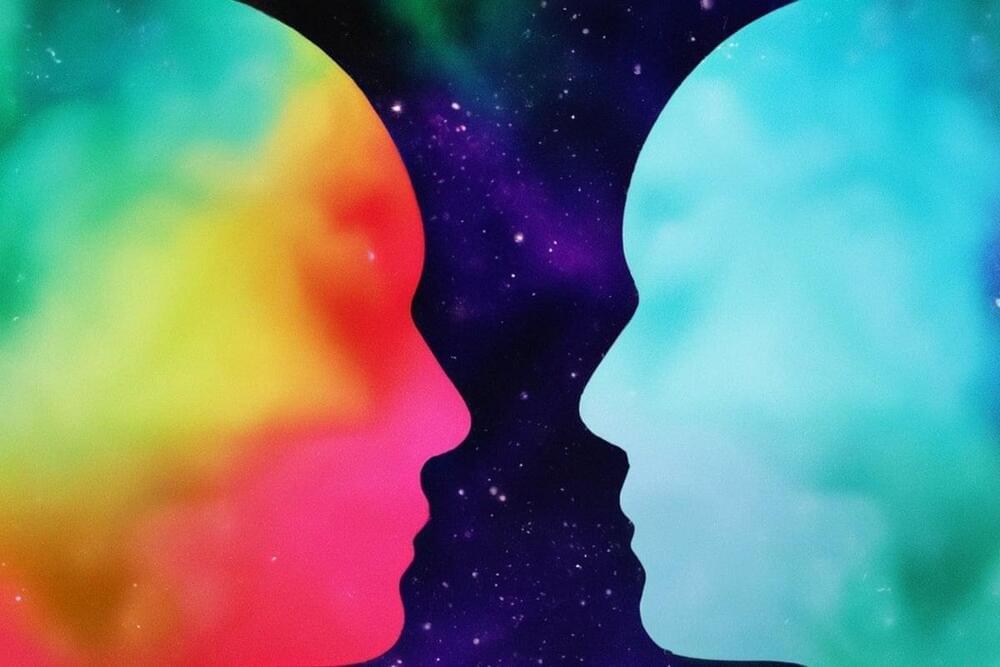Lead author Jon Walbrin explains, “Most previous social neuroscience studies have focused on measuring responses to other people as individuals. But more recently there has been an increased interest in understanding brain responses to others in the context of social interactions. However, very little is currently known about how such responses develop during childhood.”
“These results suggest that children and adults might employ different strategies for interaction understanding: Adults rely more on observable, body-based information, while children—with less social experience—engage more in effortful reasoning about what others are thinking and feeling during an interaction. This likely reflects the process of learning to understand interactive behavior.”










Comments are closed.